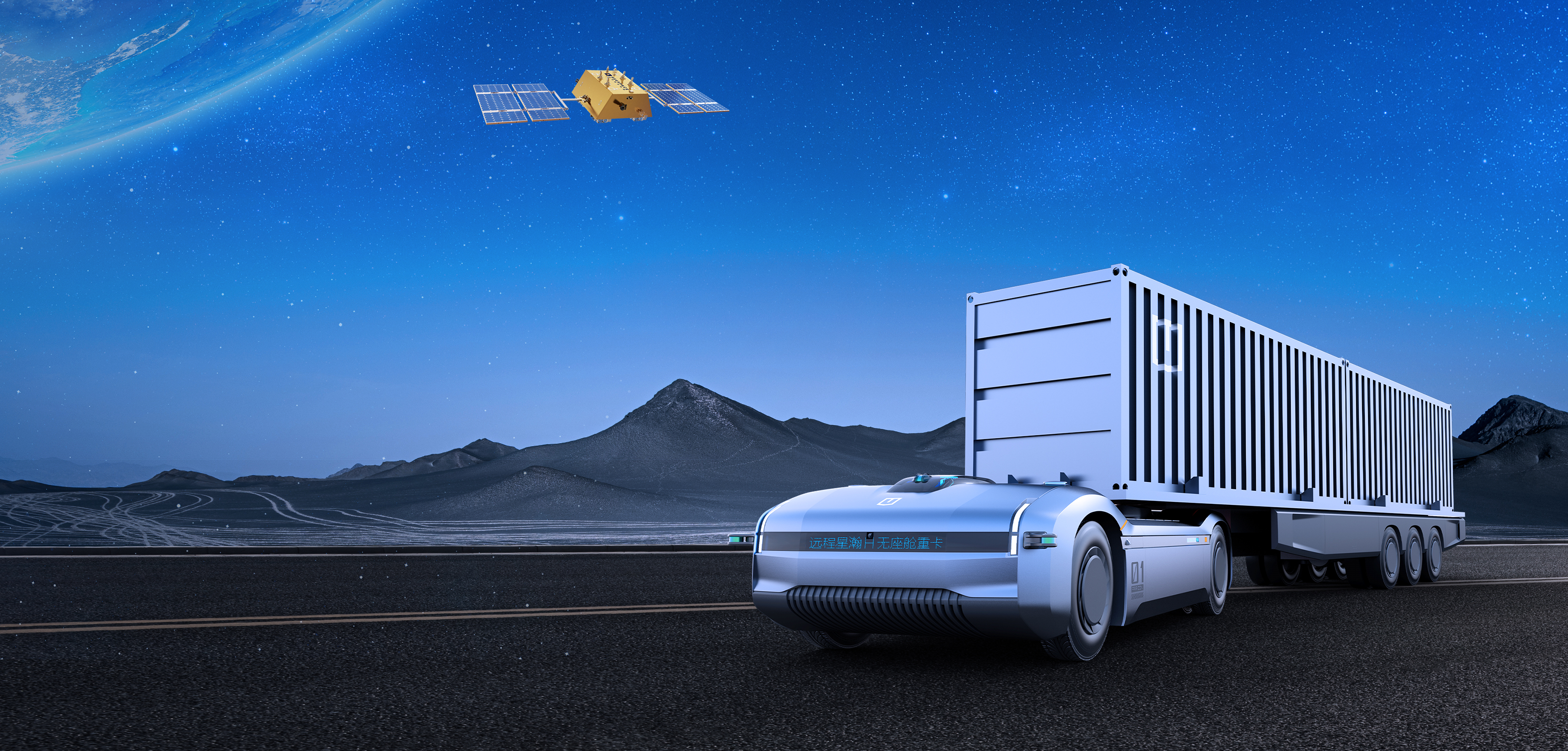On November 7th, Geely’s remote-controlled cars released two new models on Brand Day – the cabinless heavy truck Xinghan H and the Super VAN, and also started the first round of blind orders for the Super VAN.
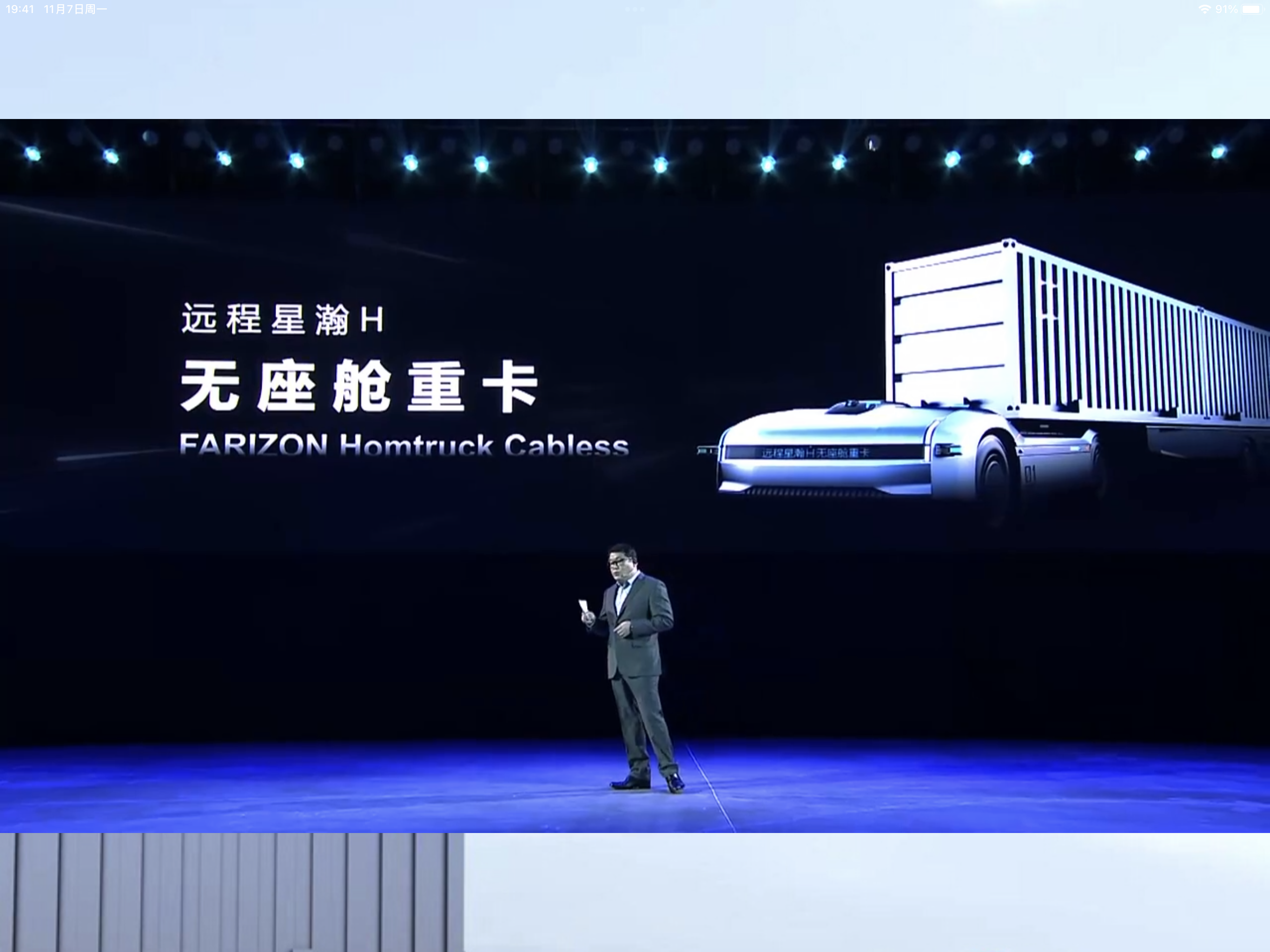
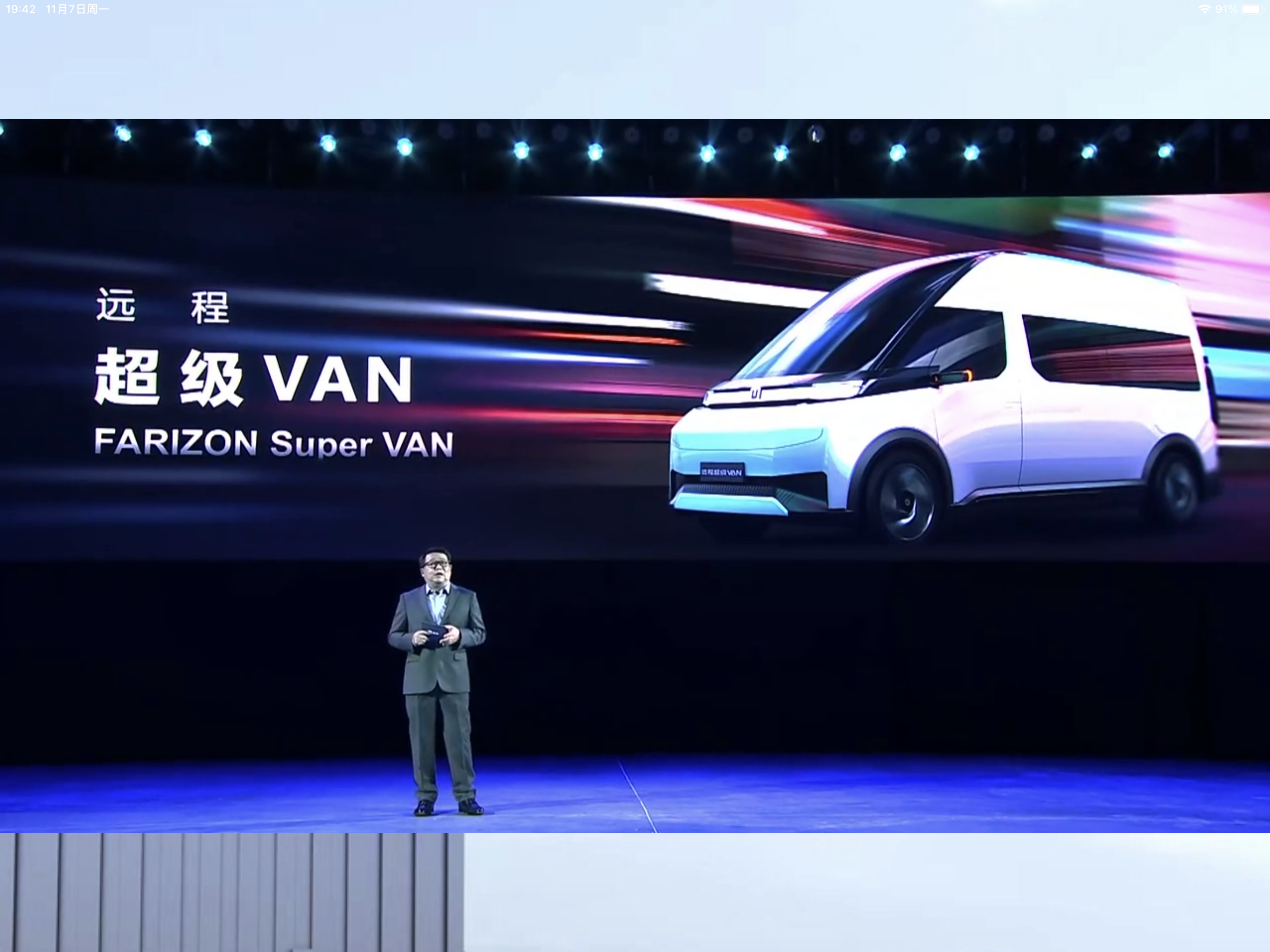
Remote-controlled cars are a brand under Geely’s new energy commercial vehicle group, officially established in October 2016, positioning itself as a comprehensive service provider for smart green transport technology, with products covering commercial vehicles for heavy trucks, light trucks, micro-vans, LCVs and buses.
Remote-controlled car products are mainly divided into two core technical routes, the first being urban commercial vehicle technology centered on pure electric drive and extended range electric drive, and the second being highway commercial vehicle technology centered on hydrogen and methanol power and pure electric drive with battery swap technology.
From January to September this year, Geely’s remote-controlled cars achieved a market share of 13.5% in the field of new energy commercial vehicles, with a light truck market share of 24.2%, which puts them in a leading position in the new energy commercial vehicle market.
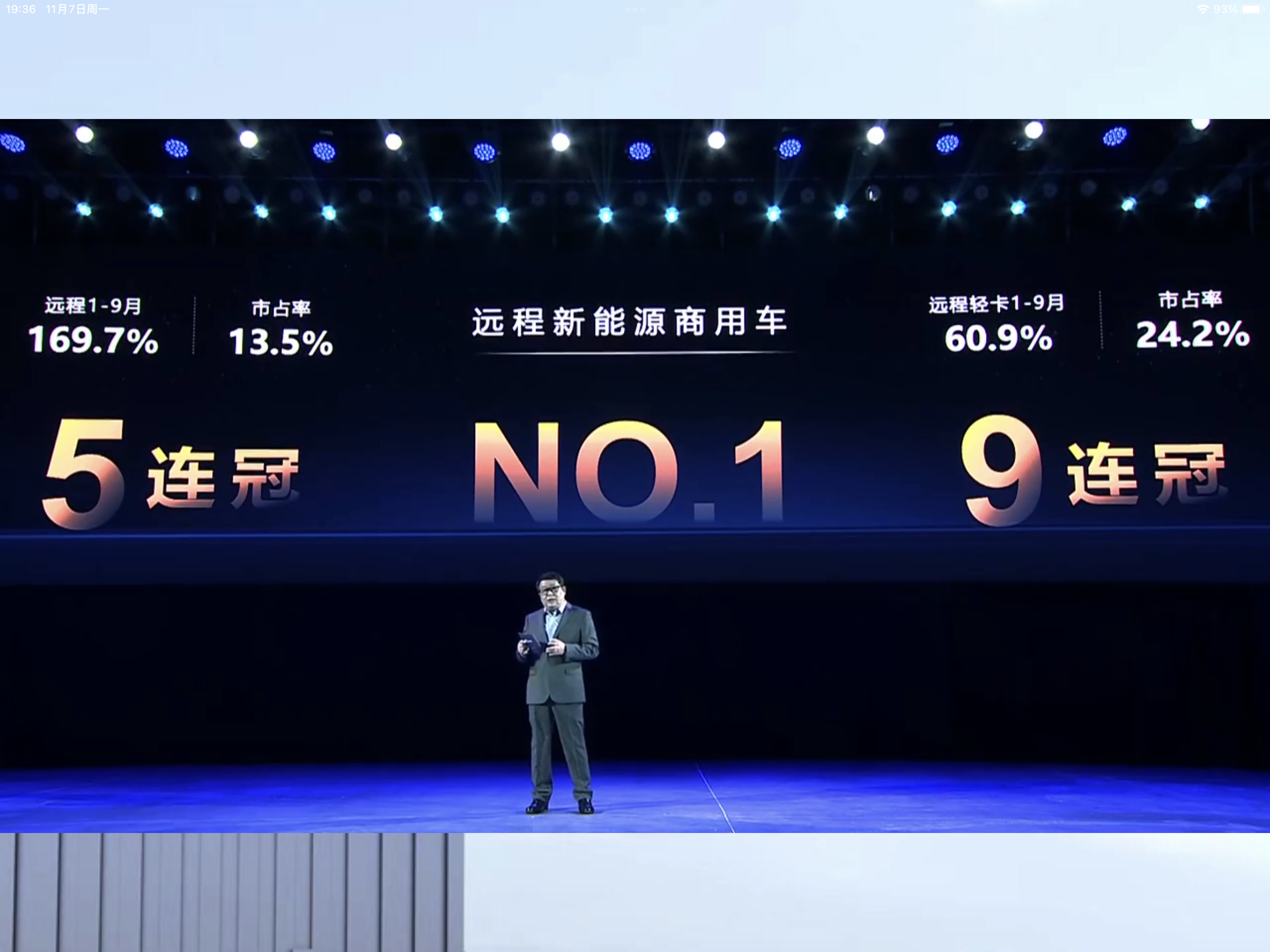
Geely’s remote-controlled cars have stated that they will achieve operational carbon neutrality by 2025 and full lifecycle carbon neutrality by 2030, contributing to the global environmental protection cause.
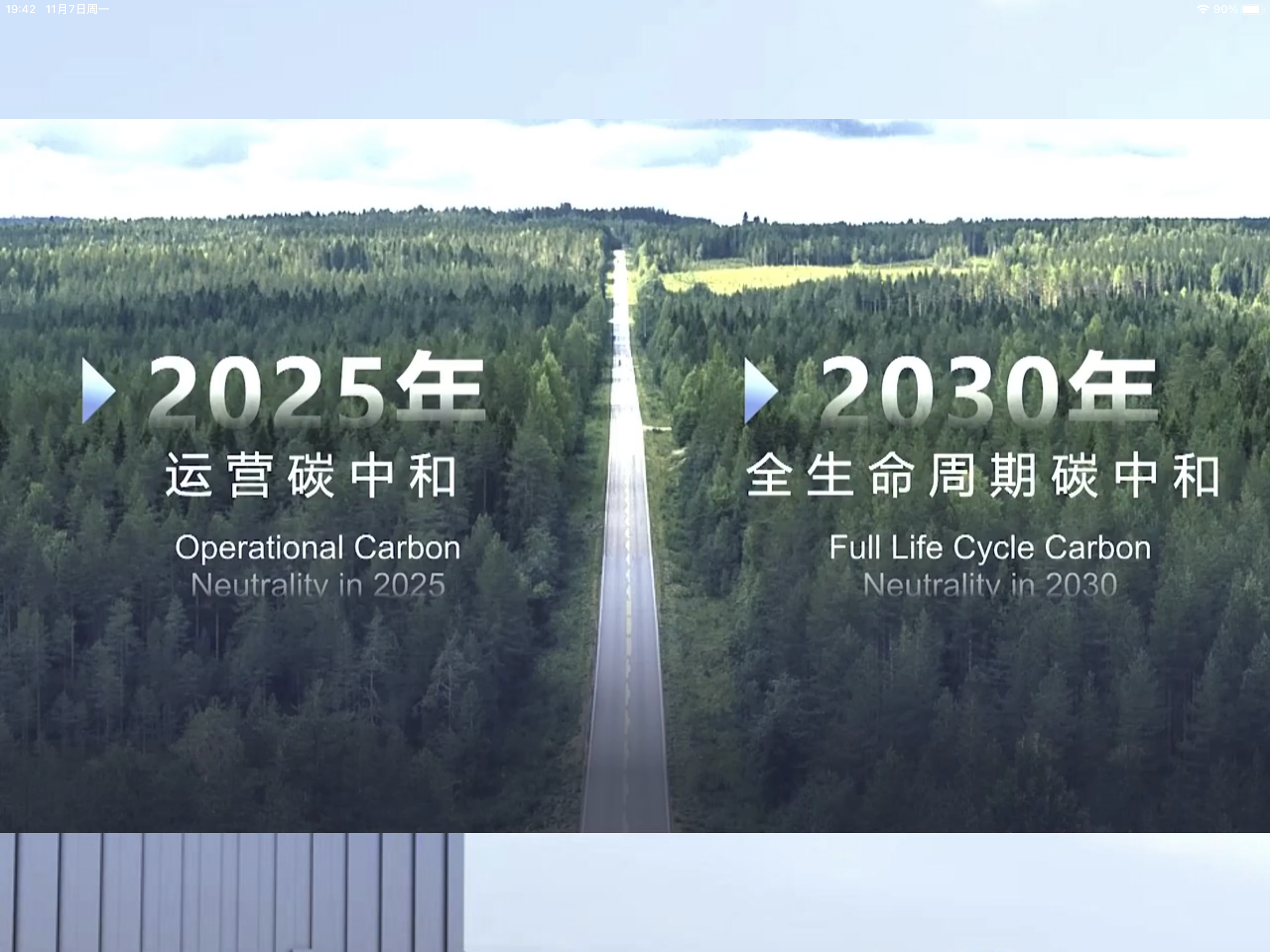 The remote car stressed the value of intelligent driving for commercial vehicles at the press conference. On enclosed roads with relatively fixed routes and relatively simple road conditions such as the Hongqiao area, the entry and usage threshold of intelligent driving will be greatly reduced. And the unmanned Star Han H is the product that the remote car uses to achieve autonomous driving on enclosed roads.
The remote car stressed the value of intelligent driving for commercial vehicles at the press conference. On enclosed roads with relatively fixed routes and relatively simple road conditions such as the Hongqiao area, the entry and usage threshold of intelligent driving will be greatly reduced. And the unmanned Star Han H is the product that the remote car uses to achieve autonomous driving on enclosed roads.
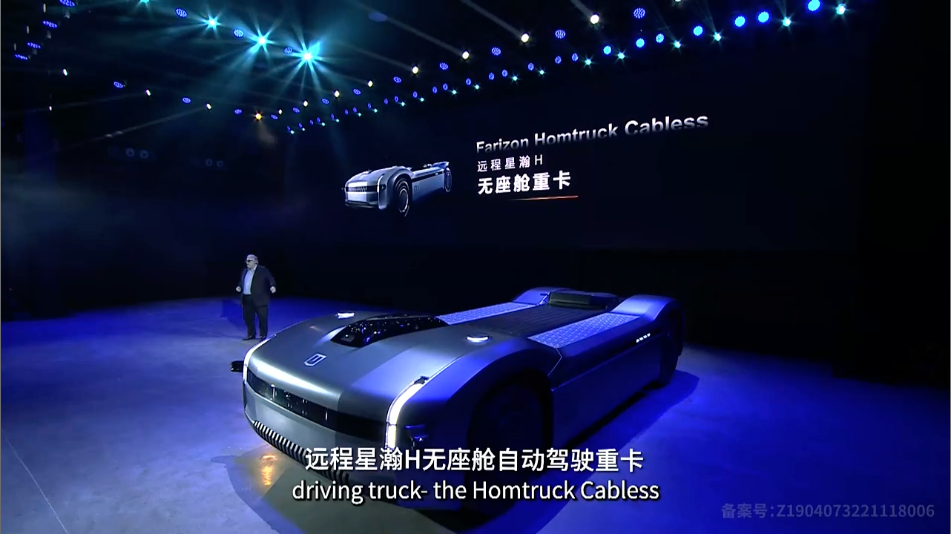
The biggest highlight of the Super Van is undoubtedly its wire-controlled and modular architecture. The advantage of wire-controlled is that the control of the vehicle will be more precise, while modular design endows the Super Van with the ability to turn into a “thousand transformed van”.
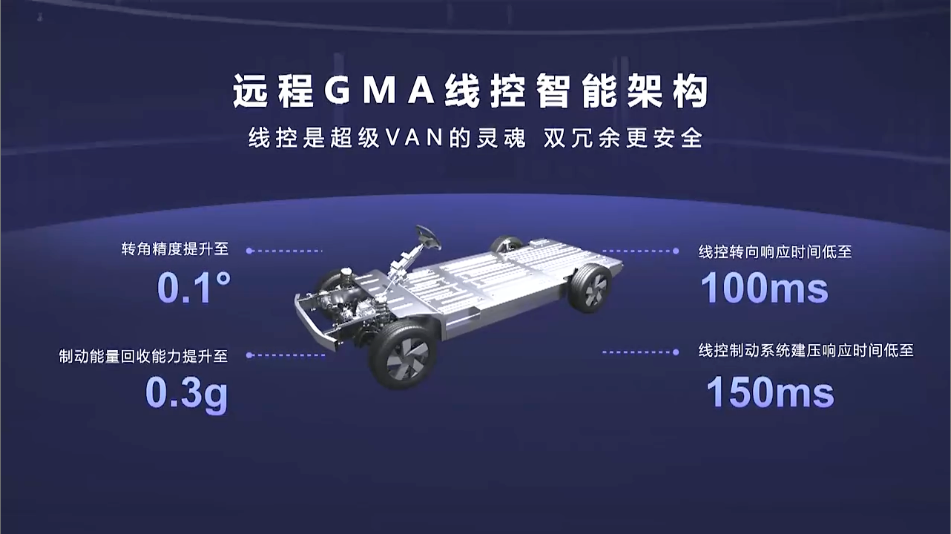
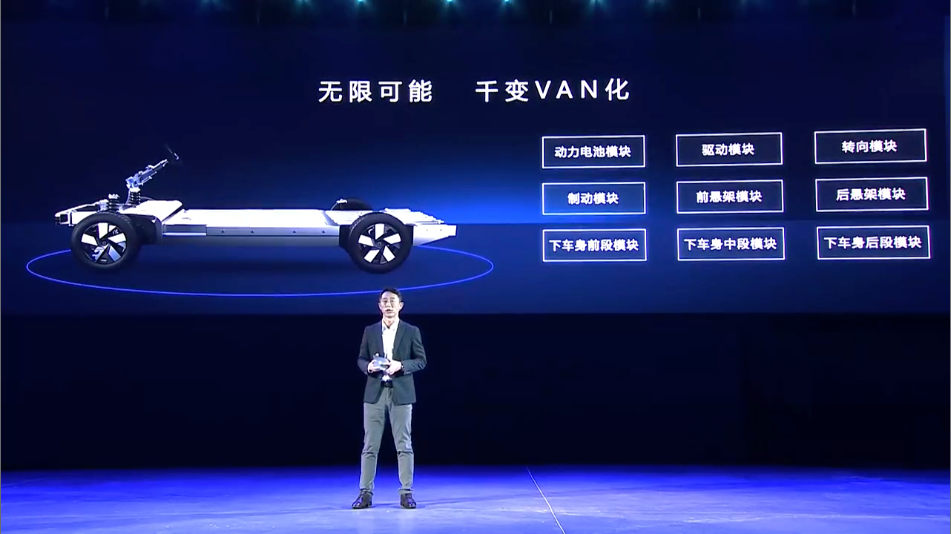
Finally, remote car prepares triple benefits for blind pre-order users:
- The RMB 9.9 deposit can be used to offset RMB 2,000 of the car purchase price;
- The first 2,000 pre-order users can receive 1,000 shopping points;
- Prior delivery right.
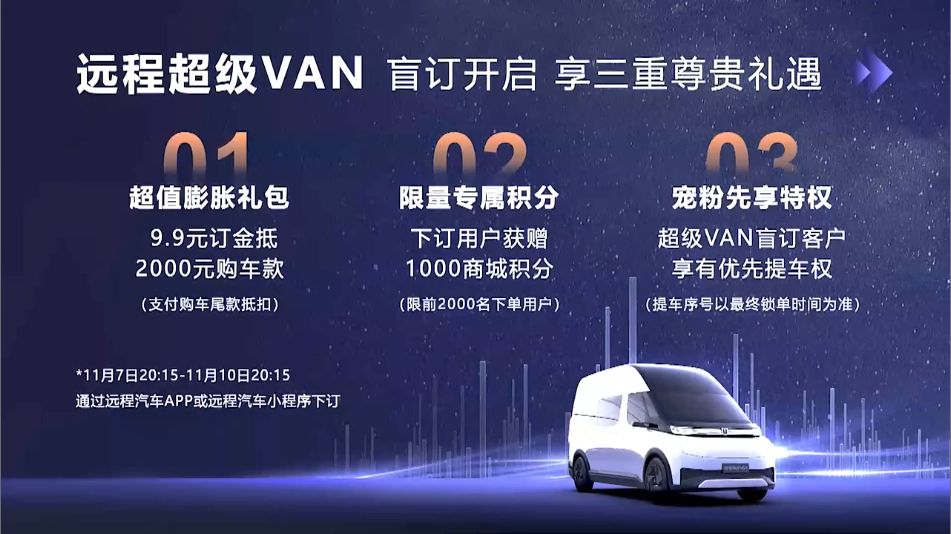
In conclusion
Although new energy passenger cars have deeply penetrated into our daily lives, in terms of commercial vehicles, the new energy vehicle models customers usually see are small electric vans, such as those for cargo delivery or public transportation. There are still traditional fuel-powered vehicles, such as earthmoving trucks and container trucks.“`
Meanwhile, Faraday Future implemented a range extender powered by methanol and pure electric mode with battery-swapping capability on its Han SUV, which achieved a range of over 1,000 km on the range extender and enabled quick energy replenishment through the battery-swapping mode, effectively alleviating range anxiety issues for new energy vehicles.
Moreover, the new energy form also brings more powerful vehicle intelligence. For truck drivers who frequently travel on highways, a good set of advanced driver assistance systems (ADAS) can greatly alleviate fatigue during long-distance driving.
Do you think that Faraday Future has a promising performance in the field of new energy commercial vehicles?
“`
This article is a translation by ChatGPT of a Chinese report from 42HOW. If you have any questions about it, please email bd@42how.com.
